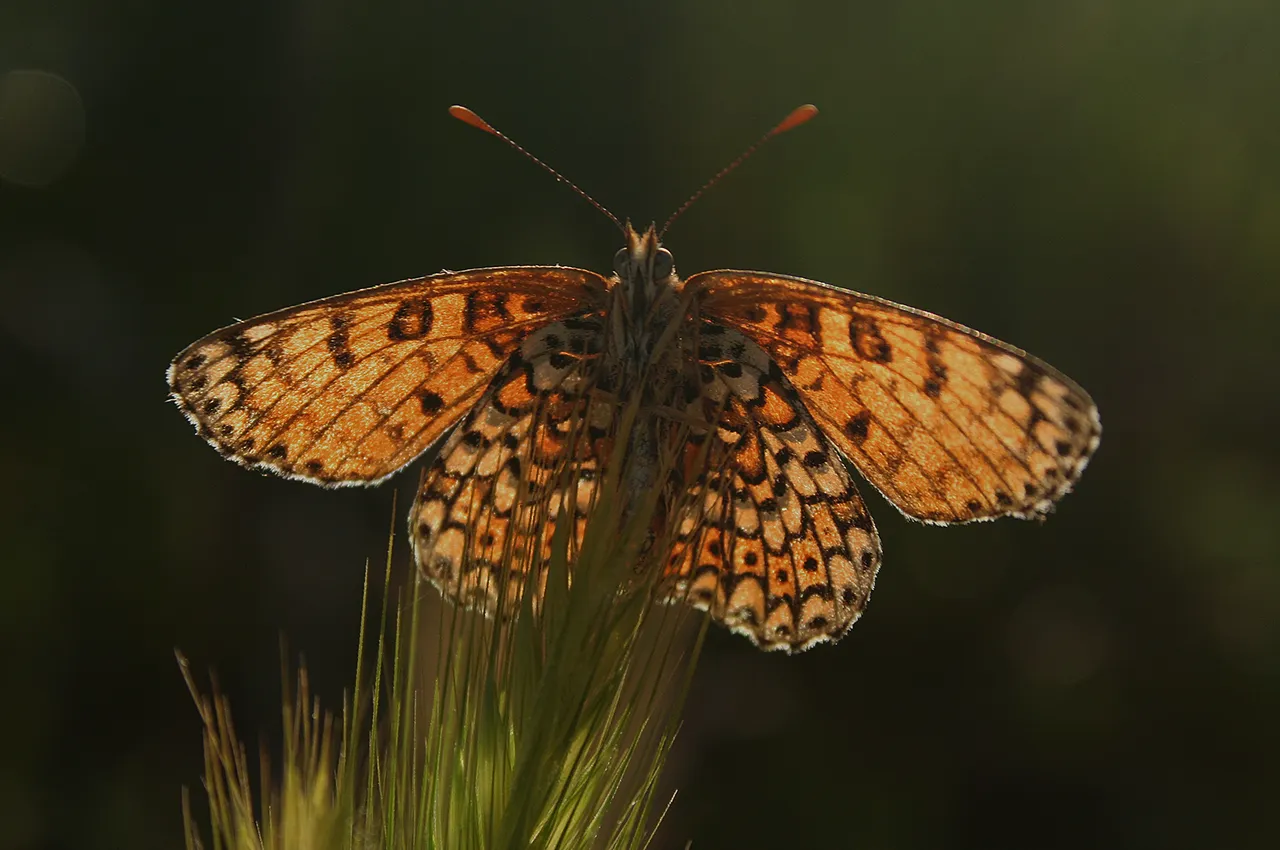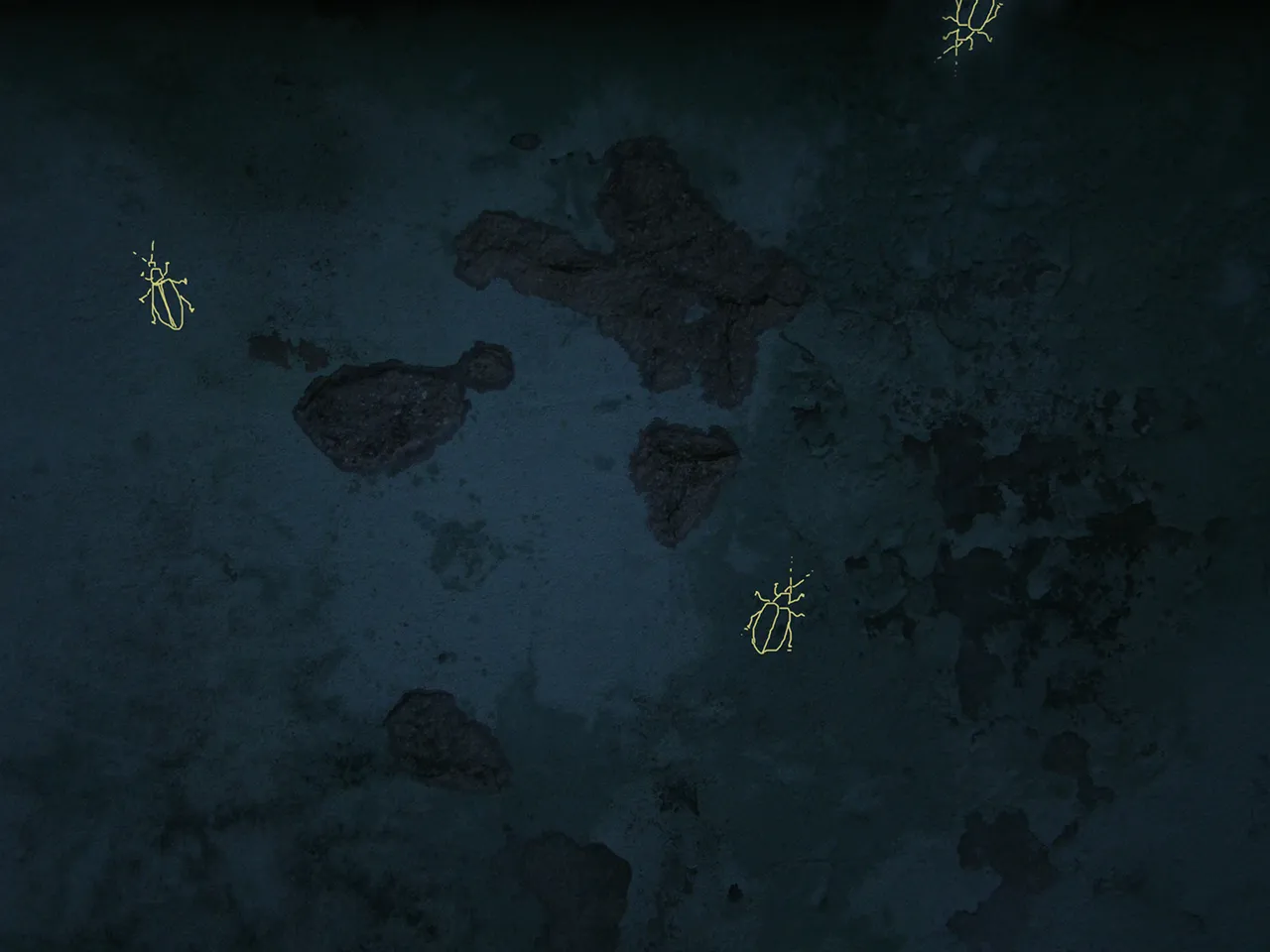These interesting beetles from the Nullidae family are hard to find but if you are lucky, you can see them running around even in winter when other insects aren't active. I found the ones shown in this post early in the morning before Christmas of 2021, on the rusted facade of one of the oldest houses in my neighborhood.
Very little is known about these mysterious insects besides the scientific name. That's why today's post can't be very long, unfortunately.
The name of the species is Graphopterus burrula. The first half of the name derives from graphos, the ancient Greek word for something written, drawn, or recorded. The second half is a colloquial Latin word burrula which means nonsense, or trickery.
Now, with that information in mind, you'll probably know what is the place of this species in the natural world.
I'm pretty sure you'll never encounter these beetles in nature or anywhere else outside my blog on Hive. However, If you do see them - don't panic! Just visit the nearest mental health professional.
In the following photograph ...
... you can see a very ordinary butterfly I photographed on the 13th of May 2007. The name of the species is Melitaea cinxia. It belongs to the Nymphalidae family.
These butterflies can be seen in dry meadows all across Europe and temperate parts of Asia. The caterpillars feed on two plants. Plantago lanceolata and Veronica spicata.
An interesting and kinda funny little fact I found today on the Internet is that Adult females prefer one plant over the other when choosing where to lay their eggs, but the larvae do not have a feeding preference for either plant when they are born.



